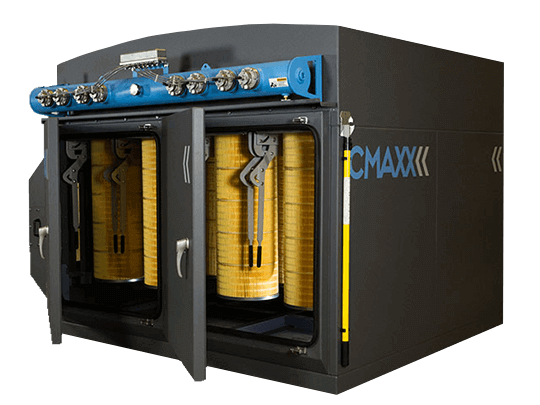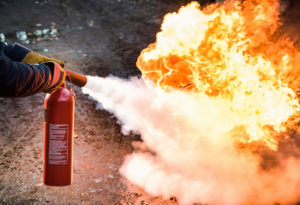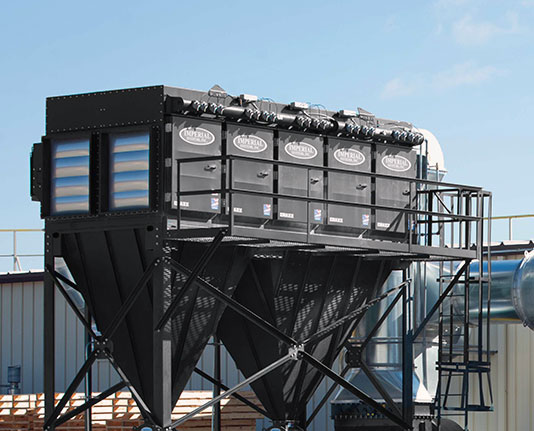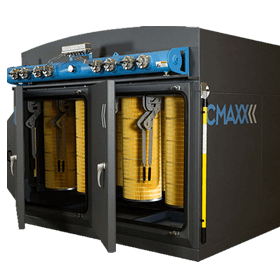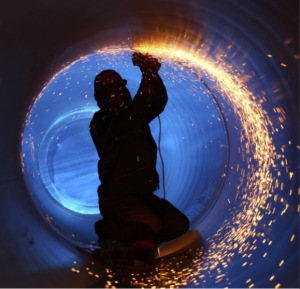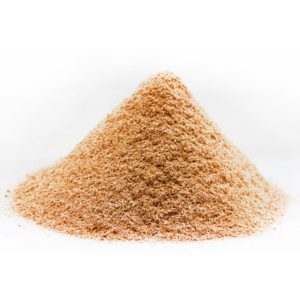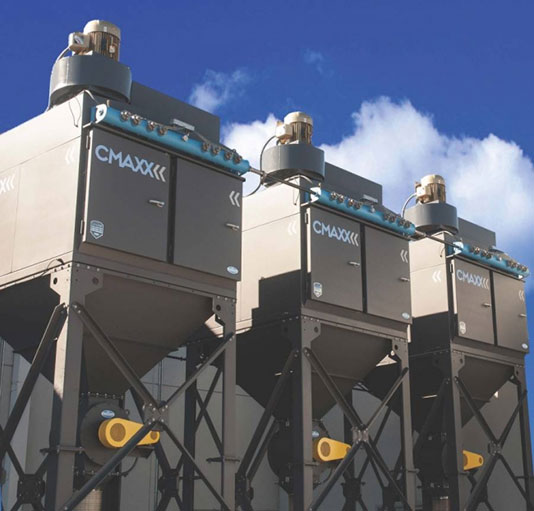If you need to prevent a dust collector explosion in your facility, following NFPA standards will guide you in the right direction. NFPA 69 Standard on Explosion Prevention Systems covers many different methods for preventing explosions. This standard covers many types of explosive materials, but we’ll focus on the parts that apply to dust explosion … Continued
Blog
Grain Dust Risk
Blog
A small amount of excess dust probably doesn’t sound like too much of a problem. After all, what process occurs without a little dust? What most people don’t consider is what can happen if this dust is exposed to an ignition source. While some ignition sources present in grain processes are obvious, others … Continued
According to NFPA standards, explosion venting is a key part of dust collector safety. NFPA 68, the Standard on Explosion Protection by Deflagration Venting, lays out these guidelines. Dust collector explosion venting, also called deflagration venting, allows pressure to safely escape during a fire. Without explosion relief venting, a dust collector fire can cause … Continued
NFPA 652
Blog
ARE YOU COMPLIANT WITH NFPA 652? September 7, 2020 is the deadline for dust tests in order to maintain compliance with with NFPA 652. We want to help you avoid fines and remain compliant in 2020. Our aftermarket team would be happy to help you navigate the dust test process. We can get your dust … Continued
If you have a cartridge dust collector, you’re probably aware of the compressed air pulses that clean the filters. Although our header tank design controls noise levels, the cleaning mechanism isn’t exactly silent. If the dust collector pulse cleans the cartridge filters during normal operation, why would you need to run an offline filter cleaning? Offline cleaning of … Continued
ARE YOU COMPLIANT WITH EPA’S NESHAP RULE 6X FOR HAZARDOUS AIR POLLUTANTS? Under the Clean Air Act, the Environmental Protection Agency (EPA) is required to develop air emission standards for 187 hazardous air pollutants (HAPs). These HAPs are linked to cancer, birth defects and other serious health issues. In 2008, the EPA introduced its National … Continued
the growing dangers of WOOD DUST Wood processing industries have recently entered the limelight in dust collection news. Researchers have been looking into what about wood dust makes it most explosive. With increasingly more fires and explosions occurring over the recent years, businesses handling wood dust should take every precaution to ensure catastrophic events don’t … Continued
“Have you ever gone through your house and tried to spot everything that a curious baby might get into? If you’re looking at dust safety in your shop, start thinking about dust like a baby who just figured out how to open the kitchen drawers and pull things off the coffee table. Like your adorable … Continued
Companies hold responsibility for their air pollution control and management. The EPA lists its “Big Six” air pollutants. Above all, the two of these that concern our customers the most are lead and other particulate matter. This can include many kinds of industrial air pollution. The EPA certainly enforces limitations on these. In addition to the … Continued
About The School Located in northern Texas, the Community College offers comprehensive two-year educational programs – including a welding technology program. The school offers Associate of Art, Associate of Science, and Associate of Applied Science Degrees. Challenge: The Welding Technology Program was interested in more cost effective cartridge filters for their Lincoln Statiflex 6000 dust … Continued


